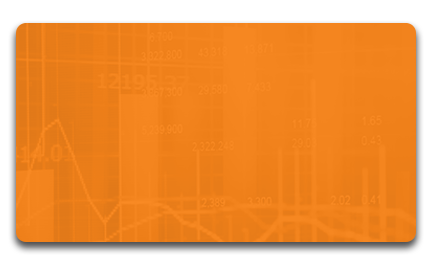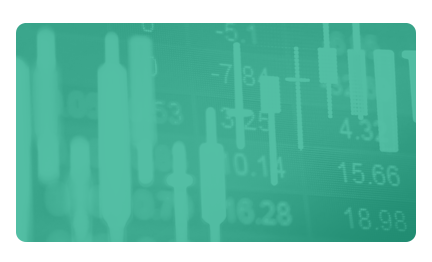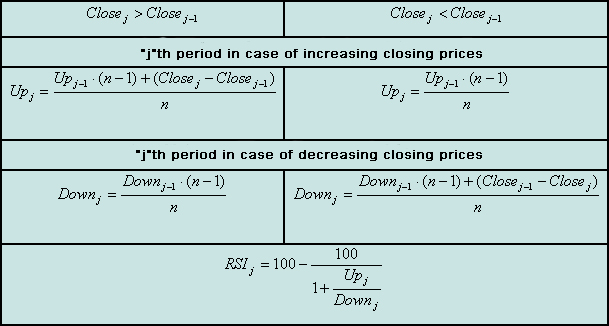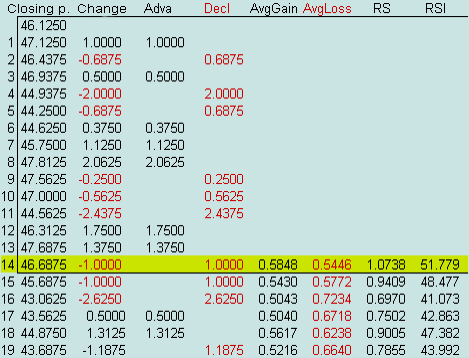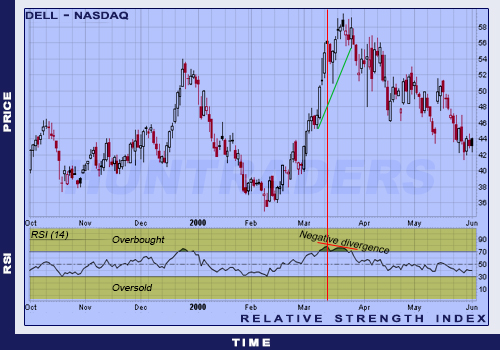Description and methodology
The indicator was developed by J. Welles Wilder in 1978. He published this indicator also in the New Concepts in Technical Trading Systems book. Relative Strength Index (RSI) is the most popular momentum indicator. RSI has a closed scale and measures price changes instead of the price itself. It has a value between 0 and 100. The only parameter it uses is the number of periods. Wilder set this parameter to 14 days by default. RSI uses one share’s price for the calculations (unlike other Relative Strength measurements). Its formula is the following (n is the number of periods):
[latex]RSI=100-\frac{100}{1+RS}[/latex]
where RS is the number of increasing closing prices divided by the number of decreasing closing prices in the measured n periods. Closing prices are increasing when the share closes above the previous day’s closing price. Closing prices are decreasing when the share closes below the previous day’s closing price.
[latex]IncCloseAverage=\frac{AllIncr}{n}[/latex]
[latex]DesCloseAverage=\frac{AllDes}{n}[/latex]
[latex]FirstRS=\frac{IncCloseAverage}{DesCloseAverage}[/latex]
[latex]SmoothedRS=\frac{\frac{PreviousIncCloseAverage\times (n-1)+CurrentAllInc}{n}}{\frac{PreviousIncCloseAverage\times (n-1)+CurrentAllInc}{n}}[/latex]
The Up (increasing closing prices) for 14-period long RSI is the AllIncreasing divided by 14. Therefore, when AllIncreasing = 5, that value should be divided by the number of periods (14). RSfirst is equals AllIncreasing / AllDecreasing. All other RS calculations use the previous AllIncreasing and the current AllIncreasing to smooth out the indicator.
In practice, the examined period is usually 9 days or 14 days. Shorter periods make the indicator fluctuate too strongly, longer periods make the graph too flat. RSI is interpreted the following way: There is a failure swing when the index is above or below 30. If the indicator jumps above 70 and cannot exceed the previous trend’s maximum point, there is an upper failure swing. In this case, the graph will drop to the level of the previous minimum point. If the indicator drops below 30 and does not fall below the previous trend’s minimum point, there is a lower failure swing. Consequently, the graph will exceed the level of the previous maximum point. Divergence between the price and the RSI indicates reversals in market processes. If the share price reaches a new maximum and the index does not follow this movement, a trend reversal can be expected.
Trading signals
Investors tend to use RSI, because it indicates the market situation real time and can even forecast reversals. It is a forecasting indicator which can also show the overbought and oversold state of a share.
- Oversold/overbought levels. RSI indicators above 70% reflect overbought, below 30% reflect oversold markets. For short-term or low trading volume securities 80% and 20% applies.
- Divergences. Negative and positive divergences can give sell or buy signals. If the share price is dropping and the RSI moves in the opposite direction, the indicator will signal to sell the share before the price reaches its minimum point. If the share price is increasing and the RSI moves in the opposite direction, a trend reversal can be expected. The signals have larger significance when these events happen in overbought or oversold markets.
- Midline crosses. The value of the RSI’s midline is 50. Values under the midline are bullish, values above are bearish. RSI above 50 means that the Up (increasing closing prices) exceeds the Down (decreasing closing prices). Below 50 it is the opposite. Some analysts use midline intersections to determine bearish or bullish market behaviour.
Use
Wilder calculated with 14 days, but this number can be adjusted to fit the trading (such as 9 or 28 days). The indicator compares the current and historical behaviour of an instrument. The RSI measures the ratio of the upward and downward movements of the share price in a percentage value. When the index is larger than 70, the prices have increased further than the market expectations (overbought). When the index is smaller than 30, the prices have decreased further than the market expectations (oversold). When RSI is above 70%, the instrument is overbought and a negative correction can be expected. When RSI is below 30%, the instrument is oversold and a positive correction can be expected. A trend reversal may be coming up when there is a divergence between the RSI and the price curves. Divergence simply means that the two curves are moving in opposite directions. What should the trader do with oversold/overbought shares? When RSI is above 70%, the trader should not buy it and should start preparing to close the long positions. When RSI is below 30%, the trader should not sell and should start preparing to close the short positions. Above 70%, long positions should be closed, but short positions should not be opened yet. Below 30%, short positions should be closed, but long positions should not be opened yet.
Examples
Az The indicator works the following way:
The 14th and 15th rows are calculated the following way:
[latex]FirstRS=\frac{0.5848}{0.5446}=1.0738[/latex]
[latex]RSI(14)=100-\frac{100}{1+1.0738}=51.779[/latex]
[latex]SmoothedRSI=\frac{(0.5848\times 13+0.00)/14}{(0.5446\times 13+1.00)/14}=0.9409[/latex]
[latex]RSI(15)=100-\frac{100}{1+0.9409}=48.477[/latex]
Up and Down are not real averages. Instead of dividing with the number of increasing or decreasing periods, the number is divided simply by 14. If Up is larger than Down, RSI will increase (RS > 1). If Up is smaller than Down, RSI will decrease (RS < 1). The last part of the formula will make the RSI range between 0 and 100. If the Down is 0, the RSI will be 100.
Here is another example: In the chart below, the negative divergence gave a correct signal. In October 1999, RSI reached the oversold level when the price was 38. Another oversold level was at the end of December 1999. At the beginning of January 2000, the price was already 50. The next oversold level was in February, when the price was 35. RSI increased above 50 at the end of February and reached the oversold level in March for the last time. The negative divergence in this case was an excellent example for a trend reversal.




